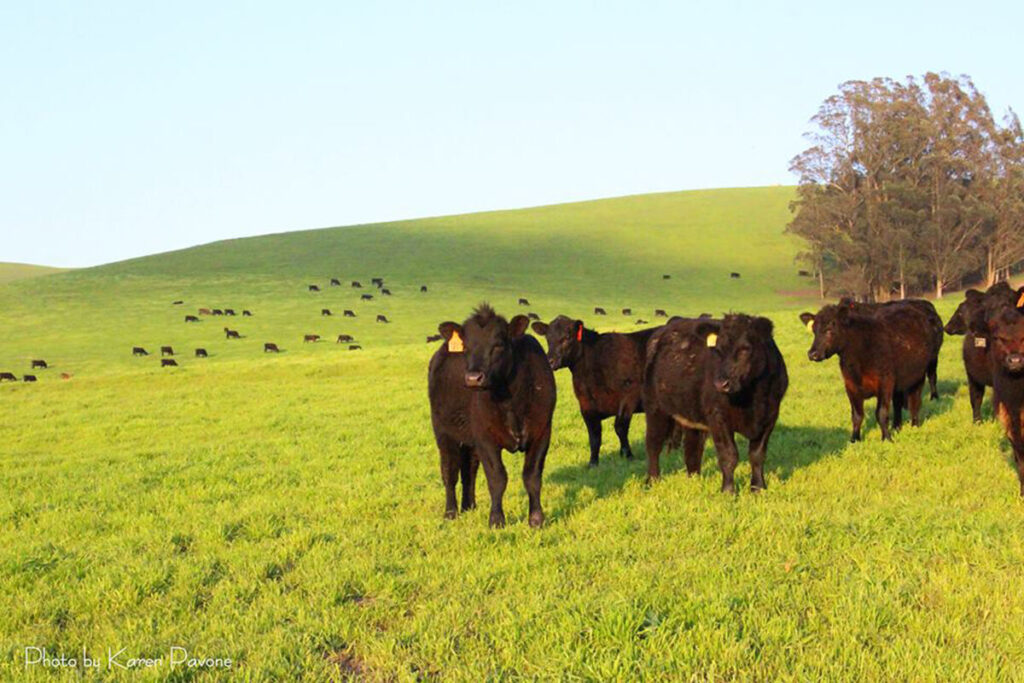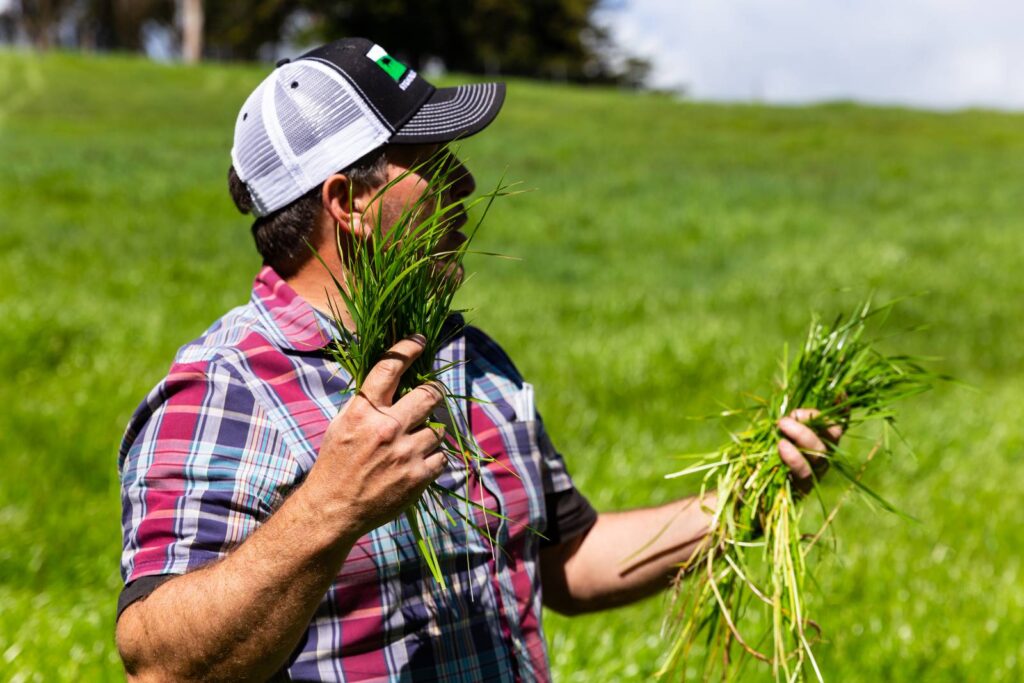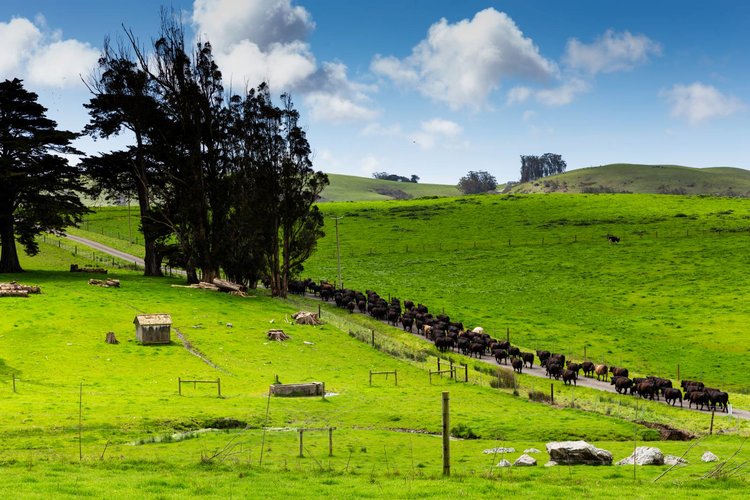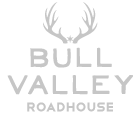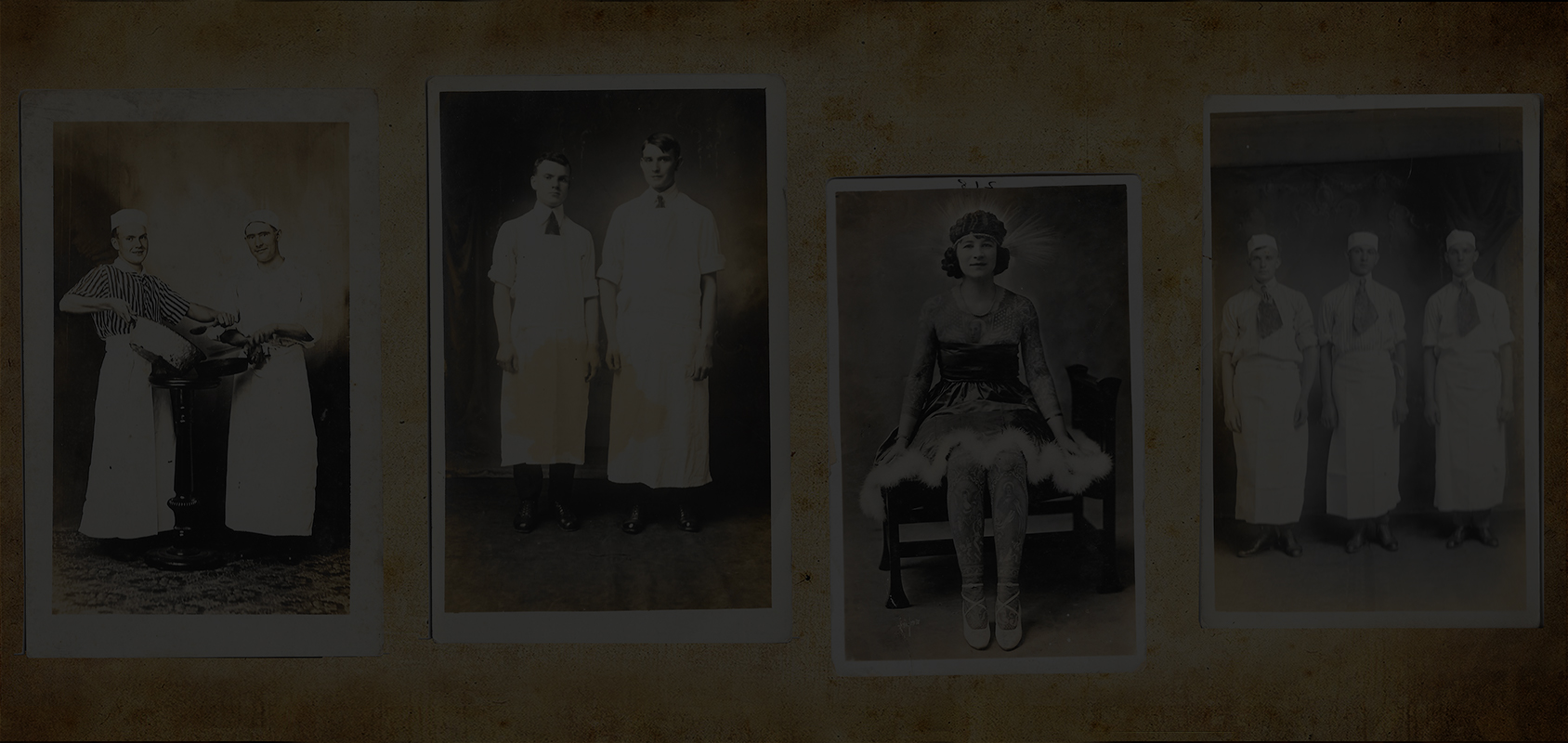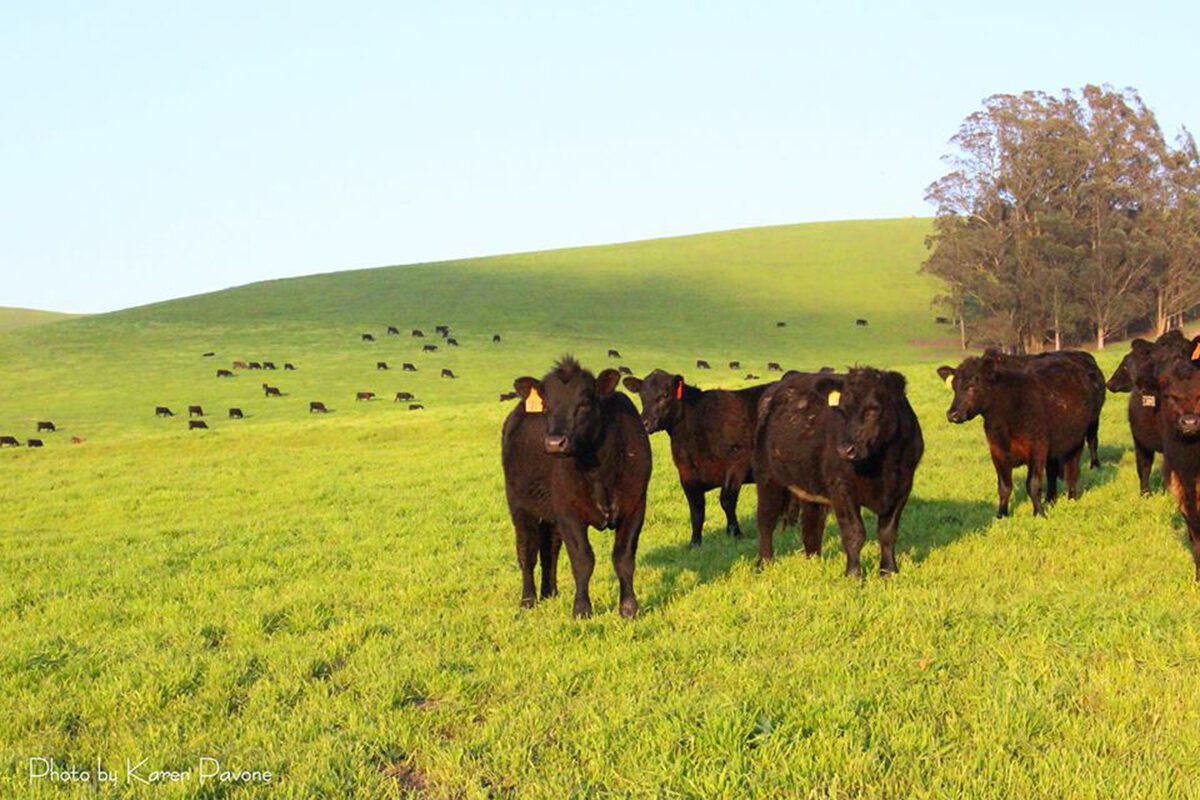
09 Nov Stemple Creek and Beef
I first met Loren Poncia, fourth generation owner of Stemple Creek Ranch, in a cafe in Point Reyes about eight years ago. My wife (Sam) and I had just moved to Sonoma to open a restaurant and we had arranged to meet up as part of my desire to forge relationships with local farmers and ranchers to source from. Loren, straight out of central casting, is a cowboy. I didn’t know it at the time, but he was sizing us up. One of the first things that he made clear: we would have to buy the whole cow if we wanted to buy anything. Once I assured him that that was exactly what I was looking for, he took us up to his family’s ranch. Near Tomales, on the edge of both Marin and Sonoma counties, Stemple Creek, the Ranch named for it, and the rolling hills that sustain Loren’s herd is as idyllic California as you will find. He raises his cattle on the grass the land provides and never finishes them on grain, and to my taste, it is the best beef I can buy.
Why is grass fed so important?
Cows are supposed to eat grass. It is what, in the absence of human intervention, cows would eat. It is what keeps them healthy and happy, and is the relationship that nature intended when it comes to the lifecycle of cows and their environment. Why are there grain fed cows then? Space is one reason. You can fit more cows in confinement than on a range. That confined space necessitates bringing in outside feed. Consistency is another. If there isn’t grass around, having a dry grain to feed the animals is one way of making sure they are fed. Also, the carbohydrates and sugars in grains make them fatter (sound familiar?), so when they are sold, there is more of them to sell. What is the downside of feeding cows grains? For one, it often leads to unhealthier cows, that then need to be fed more medicines/antibiotics, which we then consume. It also leads to unhealthier meat. Grass fed beef has up to 5 times the omega 3 fatty acids and a considerably lower amount of omega 9 fatty acids. Antioxidants and minerals are also higher in grass fed beef. But what always strikes me as being most resonant, is that this is the way it was supposed to be. ‘The goal is that the animal has only one bad day in its life’ is something you hear said in many different forms by ‘responsible’ or ‘sustainable’ (i feel these words are insufficient, and even balk at the world where true animal husbandry is the minority and needs the additional descriptor) ranchers and I can’t help but support that ethos with what I eat personally and what I serve professionally. And it doesn’t hurt that it tastes great too.
When I did start buying whole cows, I had to learn how to butcher them efficiently (something I was proficient at with pig and lamb, but not beef), and to take each piece and regard it as equal. No ‘filet mignon’ worship here. ‘Nose to tail’ is a worn cliche, but with just a small amount of confidence, reference and practice, noses and tails can be delicious. Not only delicious though. Utilizing these products and getting on my soapbox about it is my role in this equation. I took an oath. Okay, I didn’t take an oath, but it’s important to me.
So if you come in and we have beef heart tartare, puffed tendon chips, bone marrow, deviled kidneys on toast with a soft egg, beef tongue, etc. – go out on a limb. And let me know how it goes. I’ll be here.
